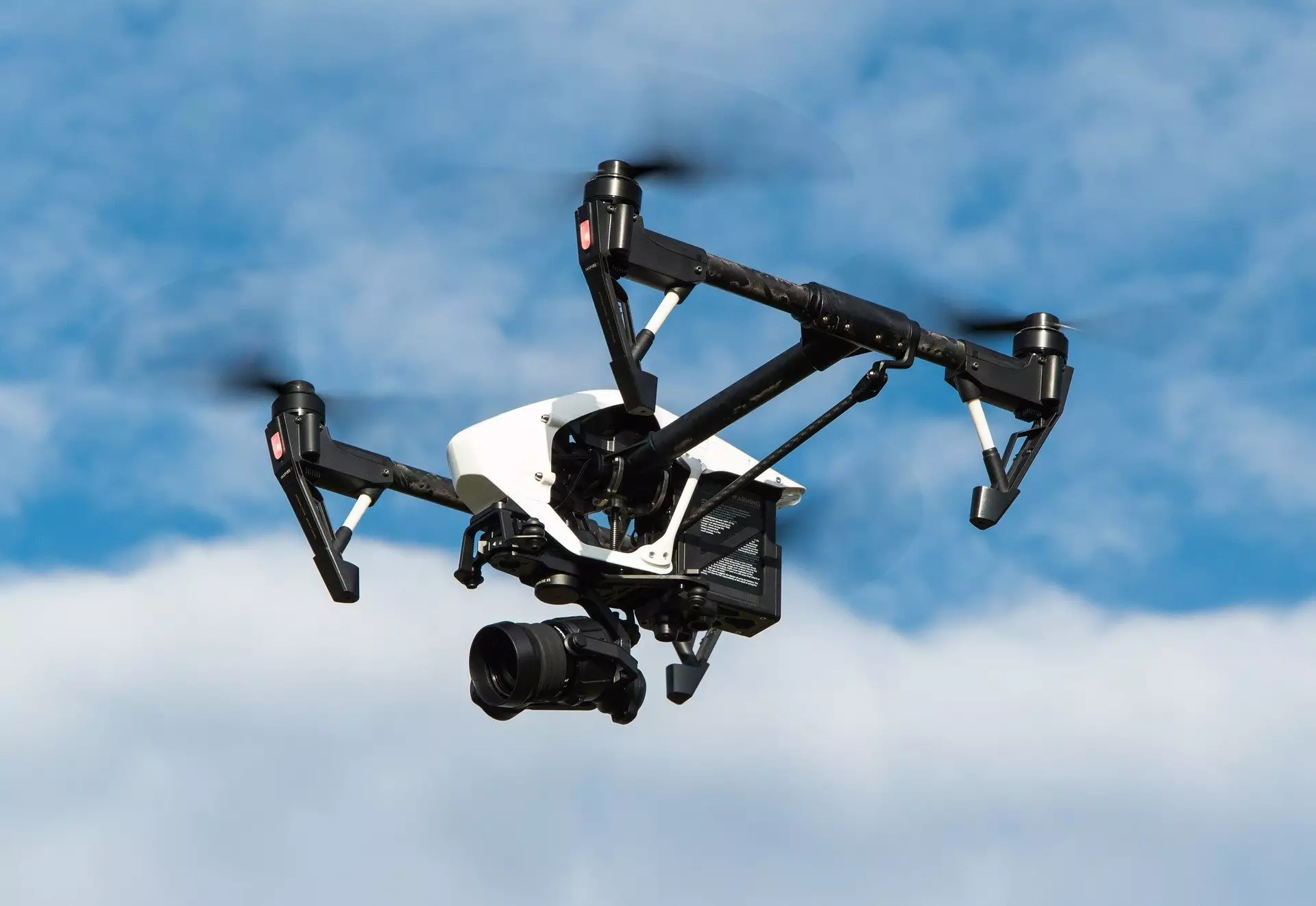The UK’s new Labor government has pledged to build 1.5 million homes during its first term in office. To achieve this, it promises planning reform and the reintroduction of local housing targets. Yet little attention has been given to the role of new technologies. Drones have the potential to transform the construction industry in the UK. Our recent study in ACM Journal on Responsible Computing reveals that laws governing commercial drone deployment in the UK remain conflicting, chaotic, and sometimes, contradictory. A drone, or unmanned aerial vehicle (UAV), is a remote-controlled flying machine often equipped with a video camera or sensors. In construction, drones can monitor site progress, conduct safety inspections, and even lift heavy materials, with some models capable of lifting over 20kg.
Despite the advantages of using drones in construction, the UK’s drone policy is a patchwork of local bylaws, national legislation, and retained European Union (EU) rules, creating a confusing landscape for companies to navigate. Companies must comply with various laws and regulations, including those on privacy, data, harassment, noise, human rights, lifting regulations, worker health and safety laws, and laws governing the transport of construction materials and substances. These differing laws increase the regulatory burden on construction companies, making it more challenging to operate efficiently.
Our study proposes creating a new national framework for commercial drone deployment in the UK to streamline the approval process and reduce regulatory burden. This new framework would encompass all benefits and risks under a single law, allowing certain use cases to be greenlit quickly and by default. Line-of-sight requirements should be relaxed in hazardous areas to enhance worker safety. The environmental impact of drones, including the risk of fire if carrying dangerous materials, needs to be carefully evaluated. The UK government should leverage national scientific and technical expertise to produce guides, compliance manuals, and tools to expedite the approval process.
The integration of drones into the UK’s construction industry could benefit a new housing boom by providing cheaper, safer, and more efficient construction processes. However, the government must embrace this technological revolution and establish a more robust drone policy and regulation to pave the way for future advancements. Off-the-shelf flight paths, algorithms, and APIs should be available for companies to operate in designated zones without lengthy documentation processes. Basic plans for drone “elevators” to lift heavy materials between floors within construction sites should be considered.
As AI becomes more integrated into decision making and moves towards full autonomy, regulations will need to address the responsibility for AI-controlled drones. Disclaimers and safety features must be specified to ensure compliance with industry standards. Clearer guidance for businesses on permitted drone uses and technical requirements, privacy protocols, and cybersecurity measures will be essential to keep hackers at bay. A new drone law for commercial use could streamline efforts to mitigate risks posed by drones and provide a unified approach to addressing privacy, noise, safety, human rights concerns, and environmental impacts.
Drones have the potential to revolutionize the construction industry in the UK, providing significant benefits in terms of efficiency, safety, and cost-effectiveness. However, a coherent and comprehensive drone policy and regulatory framework are necessary to unlock the full potential of this technology and ensure its responsible integration into the construction sector.


Leave a Reply